Throwback Thursday: Reaching Pluto
New Horizons is closing in on what was once our Solar System’s most distant planet. How did it get there?
“Even in hindsight, I would not change one whit of the Voyager experience. Dreams and sweat carried it off. But most of all, its legacy makes us all Earth travelers among the stars.” –Charley Kohlhase
In the early days of space exploration, it was quite a feat just to get up and out of Earth’s atmosphere. There are two good, simple reasons for that, of course: first, it takes a lot of energy to go up that high…
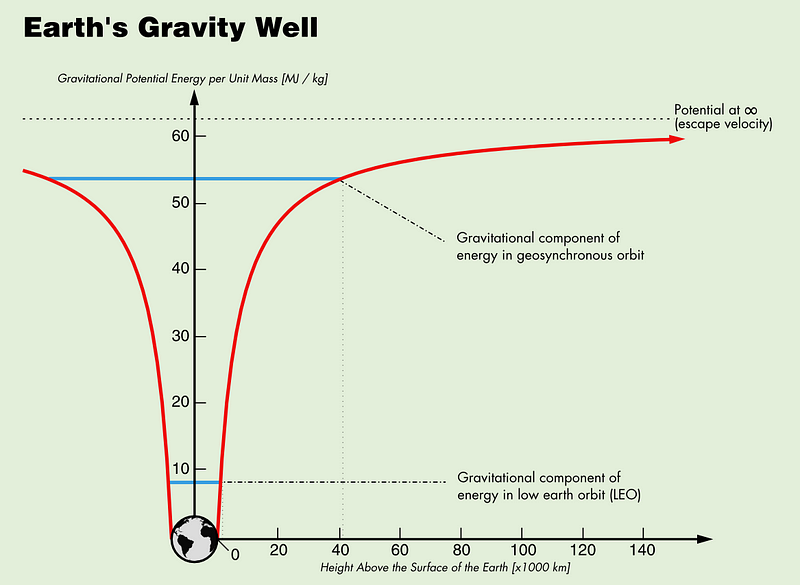
and second, if you don’t get your spacecraft moving really fast, you’re just going to fall back to Earth once you reach your maximum height.
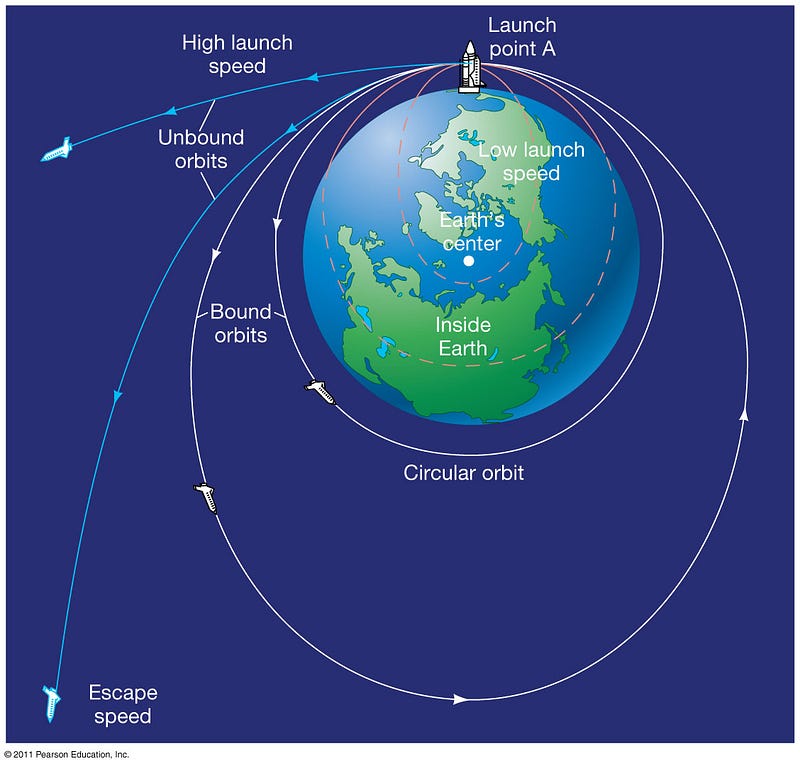
Just to get up above the Earth’s atmosphere, you need to rise to a height of hundreds of kilometers, and you’ll have to fight your way through the atmosphere to get there. Although something simple like a balloon can get you up to an appreciable height, if you want to rise above the atmosphere, you need something with an incredible ability to propel itself, even in the absence of an atmosphere.
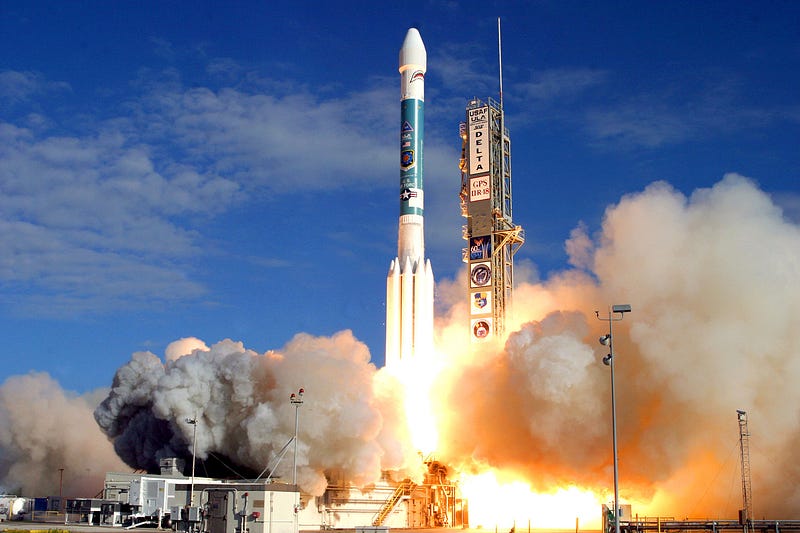
Just to overcome the gravitational potential energy of being on Earth, each kilogram of mass you want to launch up into space requires about a kilogram-of-TNT’s worth of energy just to reach the edge of the atmosphere.
But if that’s all you do — much like the solid rocket boosters on the spacecraft above — you’ll just fall right back to Earth.
That’s okay; gravity pulls everything down. Or rather, gravity attracts everything toward the center-of-mass of the Earth. (Yes, we could get Einstein-y on you right now, but Newtonian gravity is more than accurate enough for everything we’re doing here.) If you can get yourself moving sideways fast enough — or tangentially (rather than radially) — in addition to getting above the atmosphere, then you can achieve low-Earth orbit.
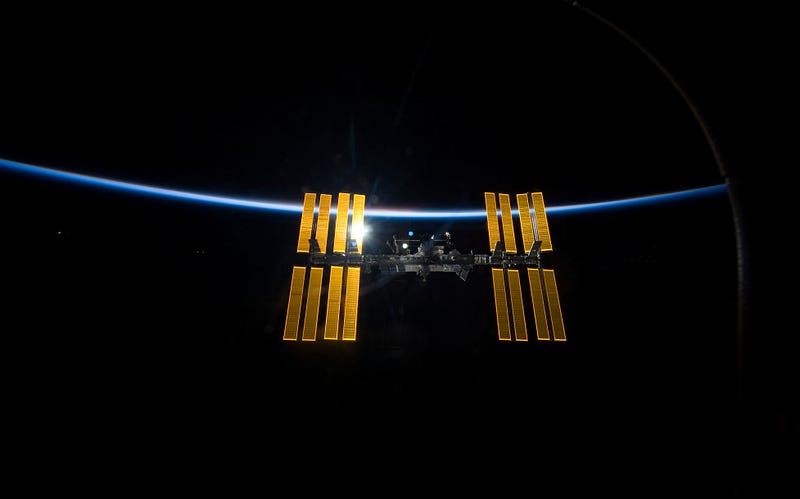
That speed is very fast: somewhere around 28,000 km/hr (17,000 mph) for the lowest-altitude orbiting satellites. Slower speeds all fall back to Earth at that altitude, while faster speeds will actually allow you to reach still higher altitudes, where you’ll then — if you can change your direction appropriately — stay in orbit at a lower speed, but at a higher altitude.
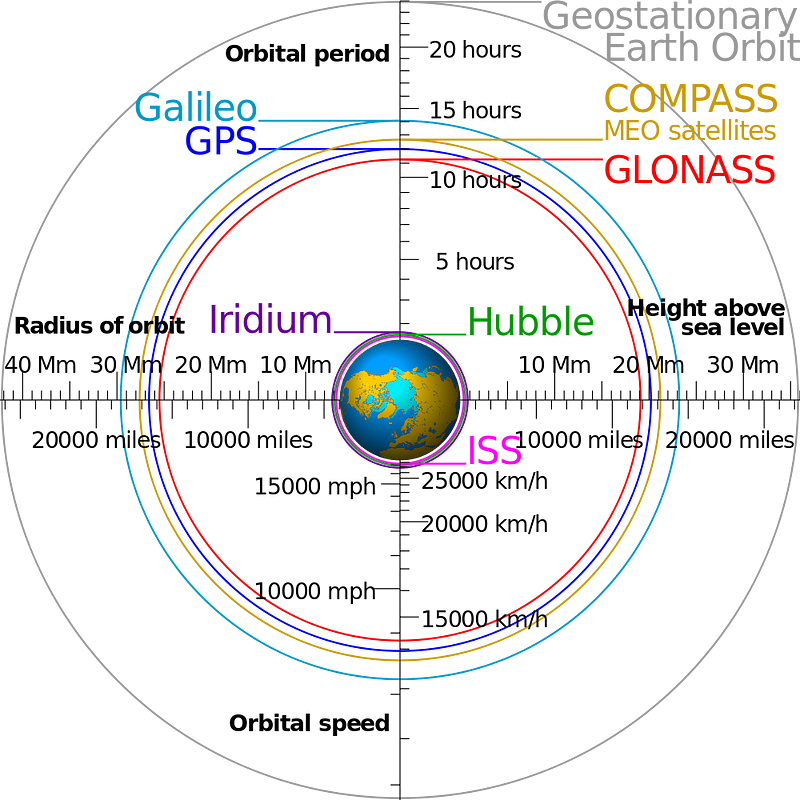
And if you can achieve the equivalent of leaving Earth’s surface at about 40,000 km/hr (or 25,000 mph), or about twice as much total energy as the lowest stable orbit around the Earth, you can actually escape from the Earth’s gravitational pull, and venture off to other places in the Solar System, or even beyond.
But it’s not so easy to go anyplace else, because… well, even if you free yourself from the Earth’s gravitational pull, the Solar System’s still kind of got it in for you.
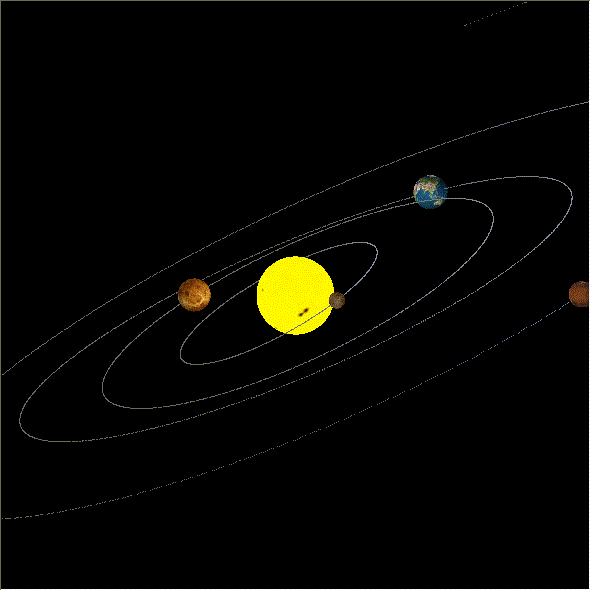
Even if you go through all of that, and escape from the Earth’s gravitational pull, you’ll still find yourself hurtling through space at around 107,000 km/hr (67,000 mph) around the Sun. While you were focused on escaping from the Earth’s gravitational pull, the Earth was busy orbiting the Sun… and so were you!
But you’re not stuck here, not if you’ve planned it just right, thanks to gravity, once again!
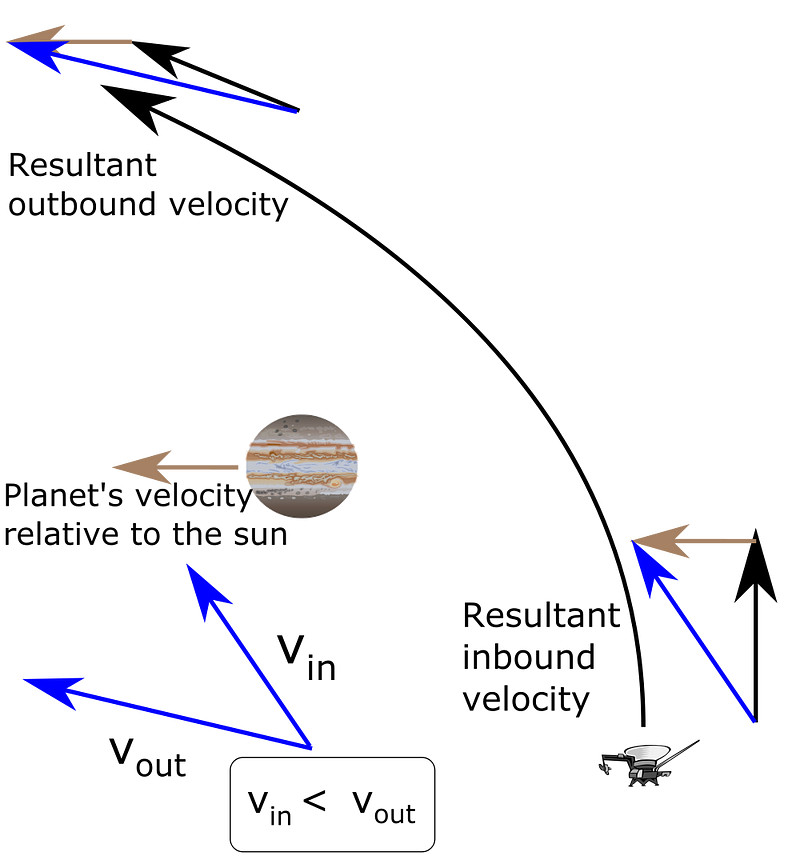
You know all about gravity, and all about conservation of energy, I know. But did you know that when you gravitationally fly-by a large mass — like a planet or a moon — you can either gain or lose speed, dependent upon exactly how you fly past it?
Here’s the deal: if you’re flying past another mass that you’re not gravitationally bound to, and you and this mass are the only things around, you’re guaranteed to leave with exactly the same speed you entered at, although your direction might be altered. But if there’s a third mass involved, like the Sun (which, surprise-surprise, is always involved), you can leave with either a much greater or much smaller speed, thanks to a maneuver known as a gravity assist. (See here and here for illustrations.)
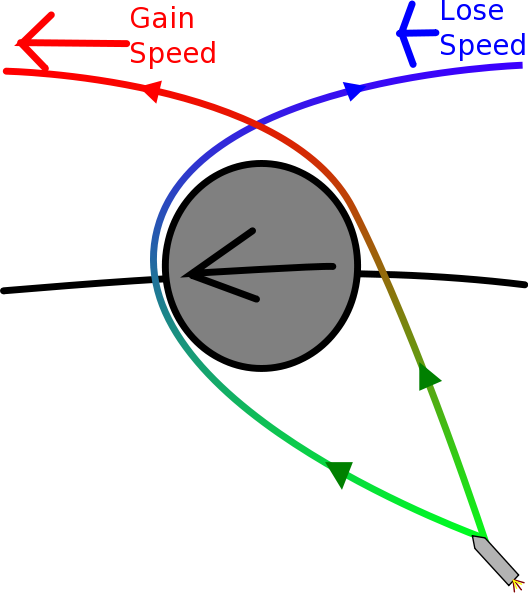
In some cases, you can even contrive just the right interaction (or set of interactions) to completely eject an object from a bound system, including
- a star from a star (or globular) cluster,
- a planet from a star system, or even
- a man-made satellite from our Solar System!
If you gain speed, it conserves energy by leaving the other masses more tightly gravitationally bound, and if you lose speed, it conserves energy by leaving the rest of the masses more loosely gravitationally bound! This works for everything from stars ejected from dense clusters to spacecraft that we launch to fly-by planets.

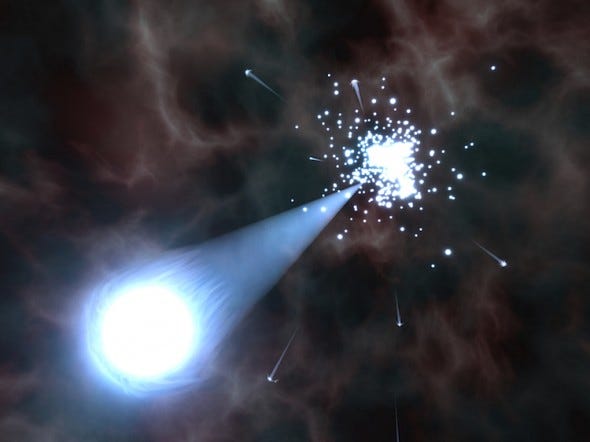
We can use any planet, or even a set of planets, sometimes multiple times, to get a smaller mass (like a satellite or a spacecraft) to go where we want. While every once in a while, the right planet to use includes the Earth (like the Juno mission), the strongest kick comes from the most massive planet in our Solar System: Jupiter!
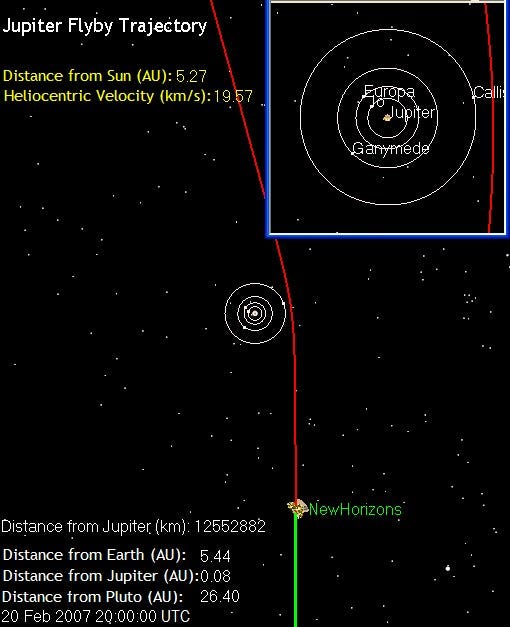
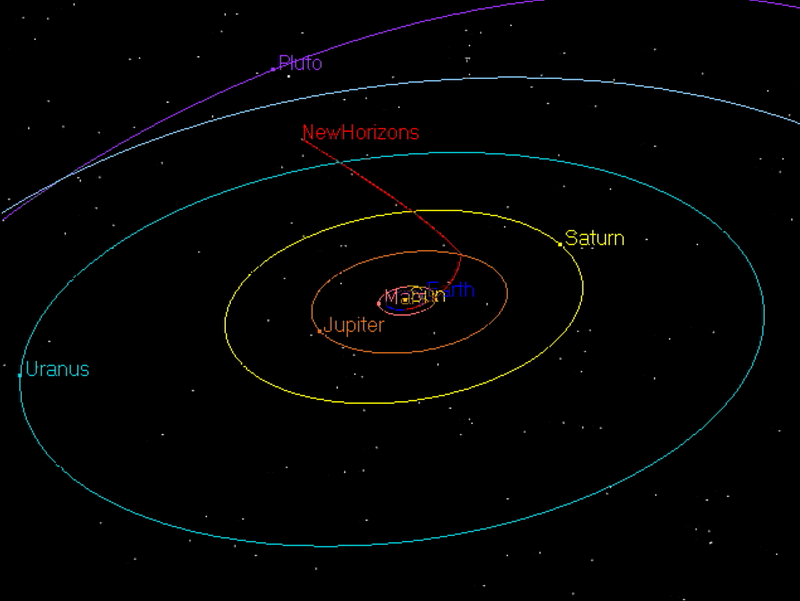
In New Horizons’ case, the gravity assist helped it break an all-time record: becoming the fastest spacecraft ever in space. The flyby of Jupiter in 2007 increased New Horizons’ speed to a maximum of 83,000 km/hr (51,000 mph) relative to the Sun, turning what might have been a 12-year flight to Pluto into a mere nine year flight.
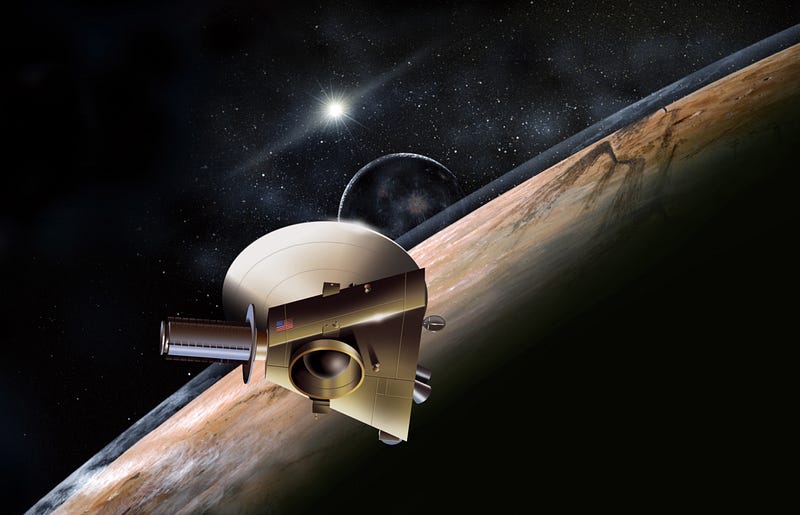
And it’s all thanks to this humble property of Newtonian gravitational physics — a three-body gravitational interaction between a spacecraft, a planet, and the Sun — that we can, in principle, reach any world in the Solar System (and some that lie far beyond), without hardly a need at all for any extra fuel or boosting in space.
We can make gravity do all the work for us, and that’s how we reach the outer Solar System!
Leave your comments at the Starts With A Bang forum on Scienceblogs!





